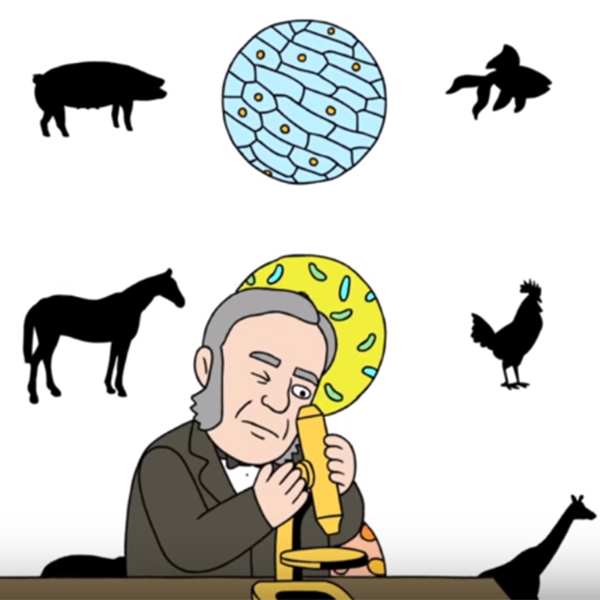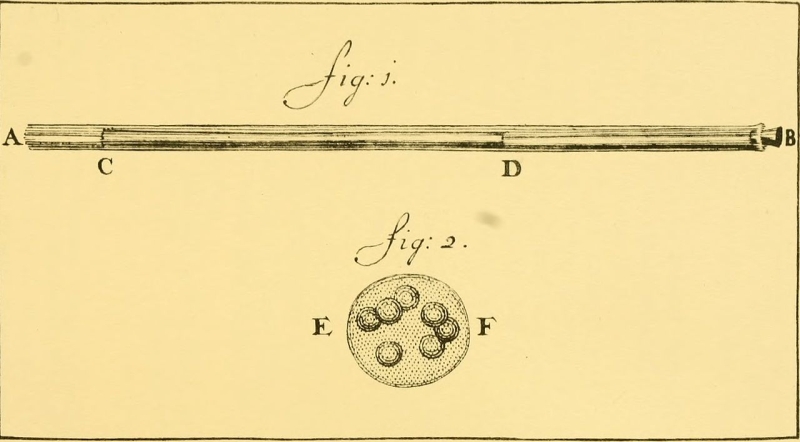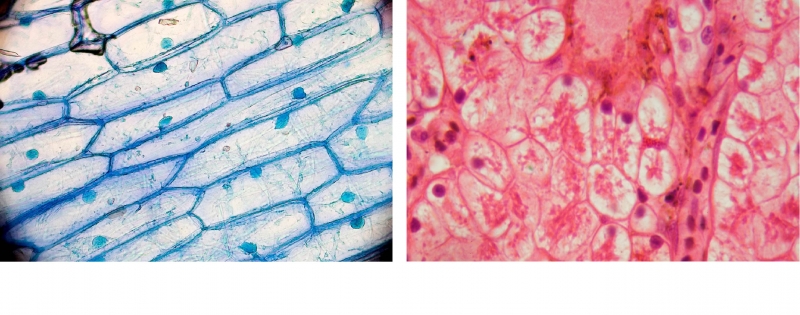The Wacky History of Cell Theory

Screen capture from the TED Ed video, “The Wacky History of Cell Theory.”

Screen capture from the TED Ed video, “The Wacky History of Cell Theory.”
6.68
How does this align with my curriculum?
Curriculum Alignment



